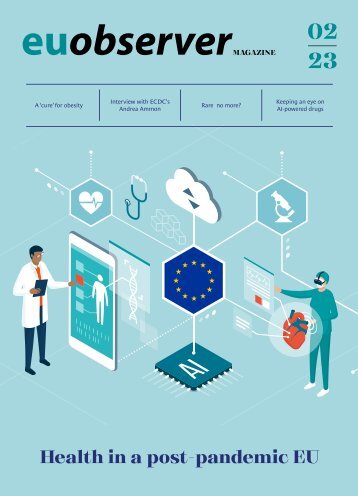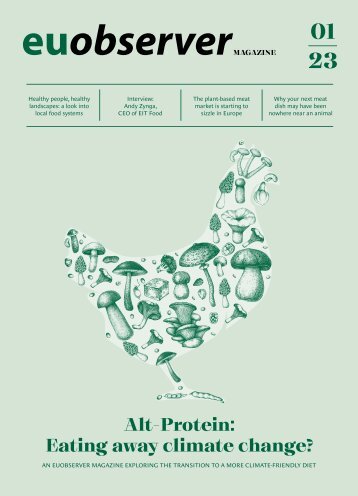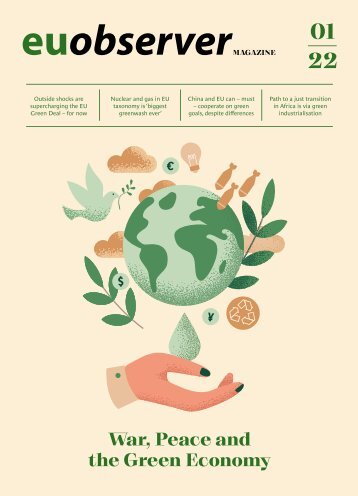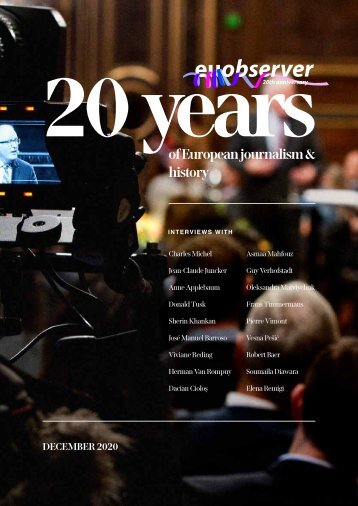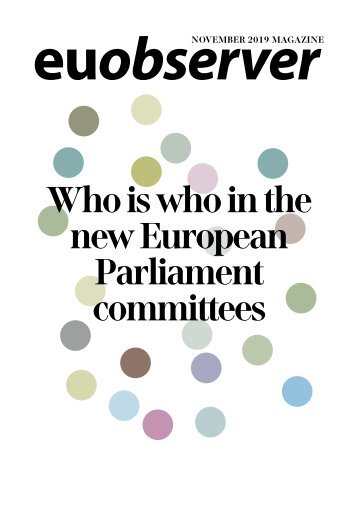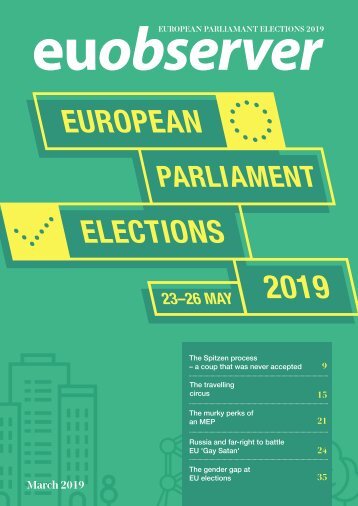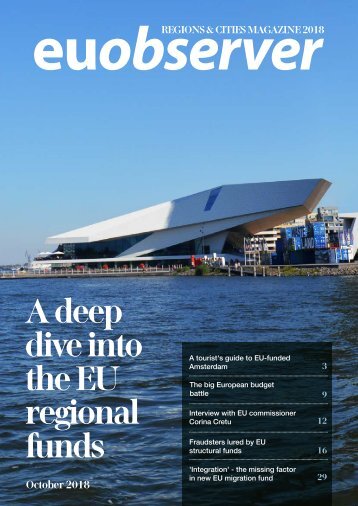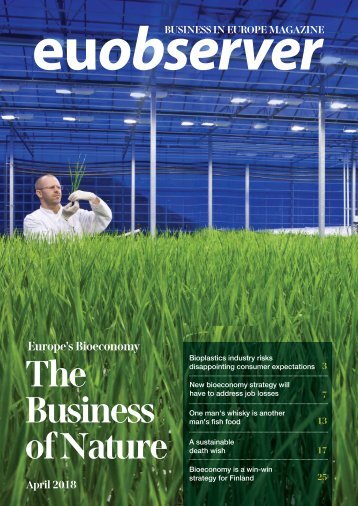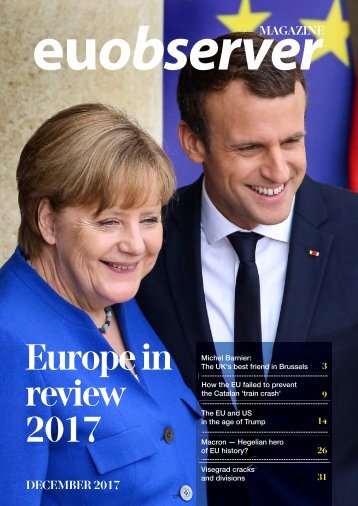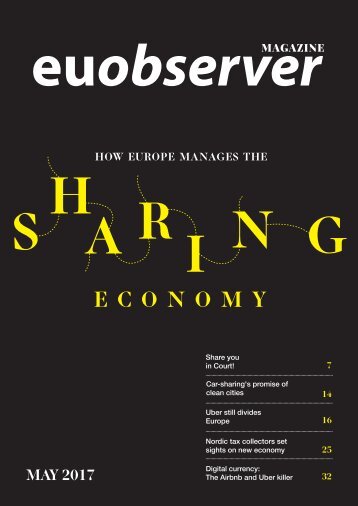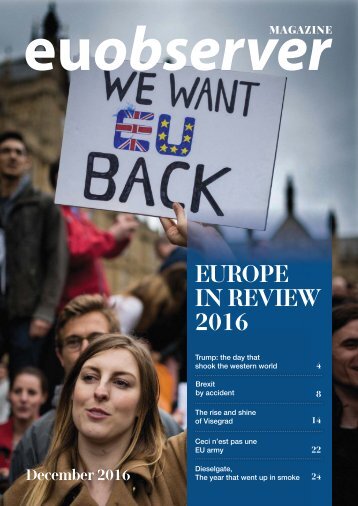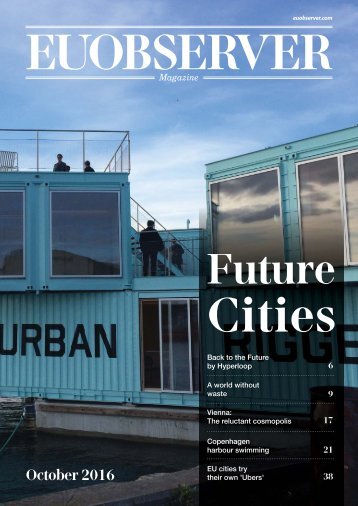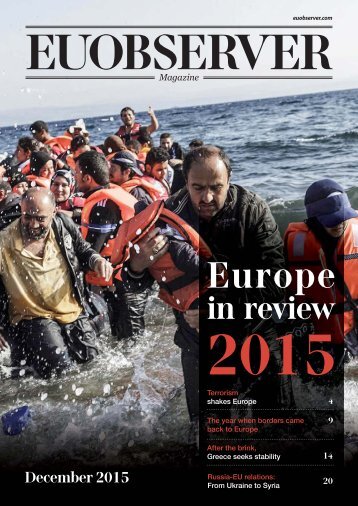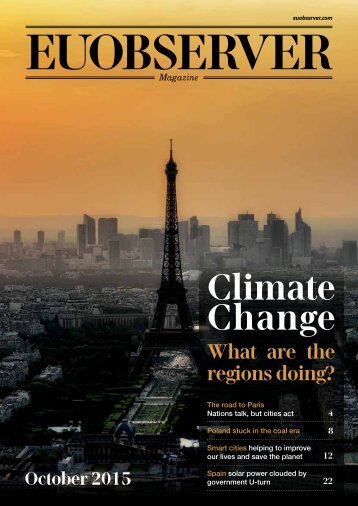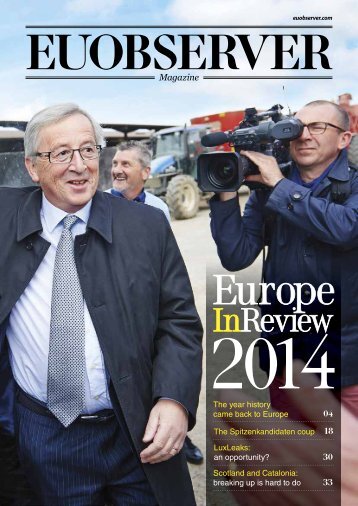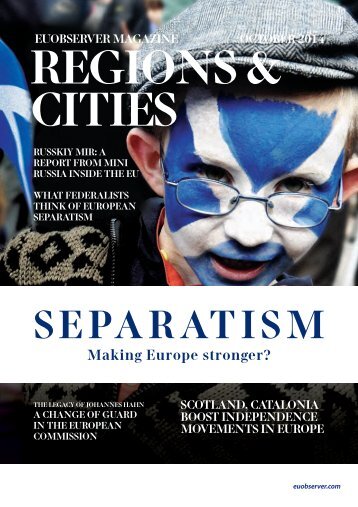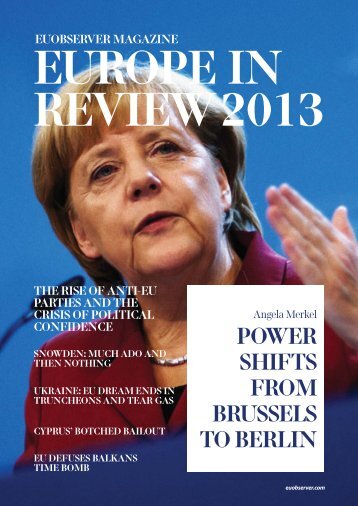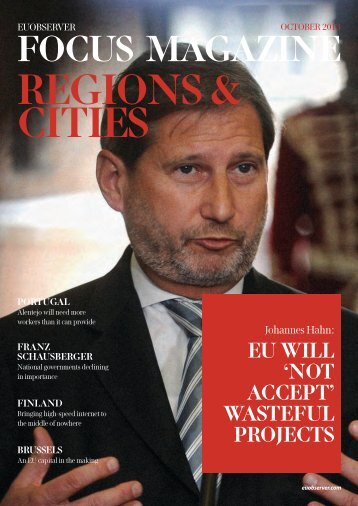Regions & Cities 2013: Cohesion Policy and Regional Aid
- Text
- Enlargement
- Finland
- Regions
- Portugal
- Artic
- Hahn
- Aid
- Policy
- Regions
- Cities
- Brussels
HAHN: EU wILL ‘NOT
HAHN: EU wILL ‘NOT ACCEpt’ wASTEFUL pROjECTS EU regional aid commissioner Johannes Hahn has said billions of euros of EU taxpayers’ money has been spent with no clear strategy or benchmarks on whether it does any good. By: Honor Mahony he European Union commissioner in charge of regional aid, Johannes T Hahn, has said billions of euros of EU taxpayers’ money has, in the past, been spent with no clear strategy or benchmarks. Hahn told EUobserver that there will be “targets to measure results, and set new conditions” on how to spend €325 billion of EU regional funds in the next seven years. But looking back on spending in 2007-2013, a pot worth €347 billion, he said: “I wouldn’t say that previous years have been marked by waste, but there has sometimes been a lack of strategy.” “This will no longer be acceptable,” he added. Hahn noted that the Union has had “performance indicators for cohesion policy” since the 1990s. But he described the accumulated heap of, sometimes incompatible, benchmarks as in need of “radical reform.” “Many thousands of indicators were being used, but they were not comparable between different member states and sometimes they were not aligned with the objectives of the programmes,” he explained. “The focus was more on the absorption of funds than on their actual impact,” he added. EU regional aid history is littered with the kind of wasteful projects Hahn is looking to put an end to. Earlier this year, there was a corruption scandal surrounding Polish motorways partially funded by EU money. Italy last year was asked to pay back millions to Brussels after some of the money meant for road projects in the south of the country went into the pockets of the mafia. Meanwhile, a 2013 assessment by the Court of Auditors on investment in road projects as part of the Cohesion Policy found that their impact on economic development could not be assessed and that most delivered less than the predicted return on investment. The report was illustrative of two key problems of Cohesion Policy to date - a lack of clear-cut results and an overly heavy focus on roadbuilding. Over the coming years, projects will need to be either innovative, boosting competitiveness, pursuing a digital goal or be green. There will also be spending-efficiency checks before any EU aid is disbursed and checks on ongoing projects. Part of the funding will be contingent on performance. “Member states and regions have to establish clear and measurable targets on the impact of the investments,” Hahn said. He also said there will be no more fuzzy language to the public about what is hoped to be achieved and when. “The progress has to be measured and, crucially, communicated,” said the commissioner. Calabria region - Southern Italy has received millions of euros in EU aid, but not all of it has gone where it should 10 OCTOBER 2013 REGIONS & CITIES
Some general facts about theRepublic of Srpska (year 2012): Why ? Population: 1.429.290 Area: 25.053 km 2 Capital: Banja Luka (population approx. 250.000) GDP: 4.394.188.000 EUR GDP per capita: 3.074 EUR Time zone: GMT+1 (CET) Currency: Convertible Mark (BAM) 1 EUR =1,95 BAM Average salary: 418 EUR Incom tax rate: 10 % Profit tax rate: 10 % VAT: 17 % • Electricity price is among the lowest in the region (0,044 EUR/kWh) • Tax policy is among the most stimulating in the region (VAT-17%, Profit tax-10%, Income tax-10%) • The export market of 600 million inhabitants is exempt from customs duties.Bosnia and has signed free trade agreements with CEFTA countries, EFTA countries, EU countries and with • Favorable labor quality-price ratio • Ideally located – in the heart of the Balkans, at the very border with the EU • Stable macroeconomic ambiance, domestic currency pegged to • Significant natural potentials (forests, agricultural area, electric energy sources, mining and mineral resources, pure water springs, etc.) • Legislation governing foreign investors is very liberal Did you know?! • The area of agricultural land in the Republic of Srpska is approximately one hectare per capita, which is above the global average (0.24 ha per capita) and European average (0.40 ha per capita). • By relative forest cover (50%), total wood stock and increment, RS occupies a significant position in . • National Park Sutjeska accommodates the only virgin forest in - Perucica, with 8 glacial lakes in the mountain Zelengora , and a high number of endemic plant species and varied animal world. • The has more than 200 registered thermal, thermo mineral and weakly radioactive mineral springsof healing waters. • The ranks among significant electricity exporters. Only about 40% of total available hydropower potential of the is currently used. • Registration of a single-member limited liability company takes only: - 3 days - initial capital of 0.5 - costs of less than 200 Euro (1 BAM = 0.51129 EUR) and inflation within limits of price fluctuations in the world markets • Continuous activities on improvement of business environment: - The first in the region to start and complete a regulatory guillotine, - The first to introduce regulatory impact assessment into its legal system, - Banja Luka is one of this year’s leading reformers in improving business regulations, according to the “Doing Business in South East Europe 2011”, - Implementation of a business registration reform is ongoing- “one-stop” shopestablished
- Page 1 and 2: EUOBSERVER OCTOBER 2013 FOCUS MAGAZ
- Page 3 and 4: OCTOBER 2013 REGIONS & CITIES 3 Eur
- Page 5 and 6: A s Anne-Mari Leppinen tells it, he
- Page 7 and 8: Assembly of European Regions Youth
- Page 9: OCTOBER 2013 REGIONS & CITIES 9
- Page 13 and 14: ARCTIC REGION TO SEE GREATER FOCUS
- Page 15 and 16: But urban planners are working - al
- Page 17 and 18: EU COHESION pOLICy: ‘No MORE BUSI
- Page 19 and 20: The Regional Research and Innovatio
Inappropriate
Loading...
Mail this publication
Loading...
Embed
Loading...
